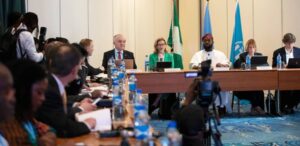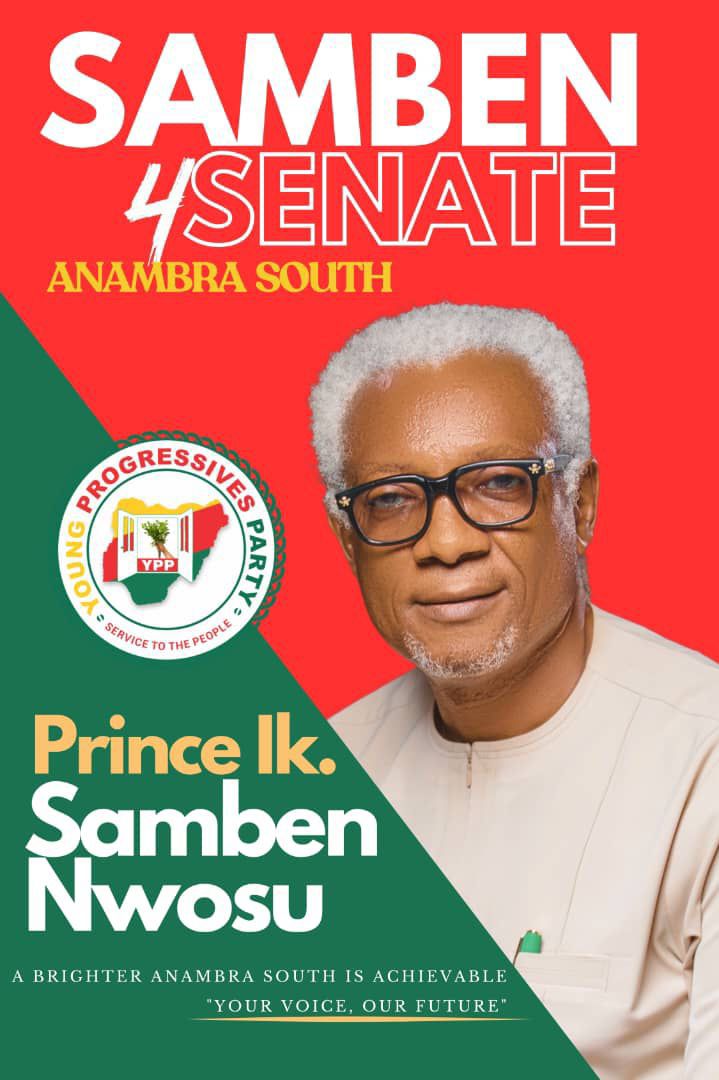
BY AKUDORO GLORIA
The Nigerian government, along with other global stakeholders in the telecommunications and digital landscape have intensifies discussions aimed bolstering the resilience of cable networks.
The event, International Submarine Cable Resilience Summit 2025, holding in Abuja, the capital city of Nigeria, brought together international stakeholders and experts in the telecommunication to drive innovation, collaboration and tangible actions.
The Summit, organized by the Federal Ministry of Communications, Innovation, and Digital Economy in partnership with the ITU, ANACOM, and ICPC, and generously sponsored by the Nigerian Communication Commission (NCC), Globacom, HUAWEI Technologies, along with other telecommunication companies.

Declaring the two-day summit open, the Minister of Communications, Innovation, and Digital Economy, Dr. Bosun Tijani, highlighted the significant role submarine cables play in enhancing smooth operation of modern economies, yet suffers intermittent distractions.
“Submarine cables form the
backbone of global digital connectivity, carrying over 95% of international data traffic, linking continents, and enabling the smooth operation of modern economies. Yet, despite their significance, these infrastructures remain vulnerable to disruptions—whether from natural disasters, geopolitical tensions, accidental damage, or evolving cyber threats”, he stated.
In light of this, the Minister emphasized the various commitments Nigeria has made under the leadership of President Bola Ahmed Tinubu to strengthen its digital infrastructure and advance policies that support connectivity, innovation, and economic growth.
“We have taken decisive steps as a nation to recognize and protect telecommunications
infrastructure as Critical National Infrastructure, aligning with our broader efforts to enhance
digital resilience across sectors.
“As a government, we are also deeply invested in leveraging digital public infrastructure, promoting open access, and expanding broadband penetration, ensuring that connectivity
remains a catalyst for economic transformation and inclusion”, the Minister said.
In her keynote address, the Secretary-General of the International Telecommunication Union (ITU), Doreen Bogdan-Martin, emphasized the symbolism of the global undersea network in the realm of innovation and the investment necessary to connect the world meaningfully, highlighting the extent of human reliance on digital infrastructure.
Speaking of the vast digital shift with new socioeconomic opportunities as well as challenges in the past two decades, Bogdan-Martin posited that the number of internet users in 2005 stood at 1 billion and figure rose to 5.5 billion at the end of 2024.
According to her, judging by the vast digital shift, the global digital economy is expected to reach 16.5 trillion U.S. dollars by 2028.
“Over the next decade, some estimate that more than two-thirds of the new value creation could come from digitally enabled platforms. As digital transformation continues to reshape our global economy, the undersea cable networks that form its foundation require renewed attention, especially when it comes to resilience. Cables are built to operate for around 25 years, and reliability has always been a top priority. But despite how robust submarine cables are, we are seeing somewhere between 100 and 200 disruptions each year, and sometimes significant delays to repair. As we know from many participants in this room, entire economies feel the impact of these disruptions to cable service”, she noted.
Also speaking, Prof. Sandra Maximiano, Chair of ANACOM’s Board of Directors, extended her appreciation to the Minister for hosting the inaugural in-person gathering of the International Advisory Board and the International Submarine Cable Business Summit 2025. She noted promising progress in Africa’s digital sector, with a compound annual growth rate of around 40 percent.
Maximiano also addressed the challenges and the need to preventing cable cuts from occurring, emphasizing the importance of bolstering resilience by guaranteeing the availability of technical resources, such as vessels, stockpiles, and spare parts, in areas with lower submarine cable density. Additionally, he underscored the need to align regulatory measures with the demands of resilience.
Consequently, she advocated for greater focus on regions, nations, and distant islands where economic incentives for prompt response mechanisms are lower, thus rendering them even more vulnerable and more exposed to cable failures.
Furthermore, at the summit, participants were guided through a presentation titled “The State of Submarine Cable Resilience” by Mr. Kent Bressie, Legal Adviser to the International Cable Protection Committee (ICPC). The event also featured several panel sessions dedicated to the critical dimensions of submarine cable resilience.





